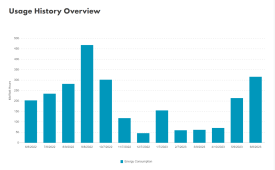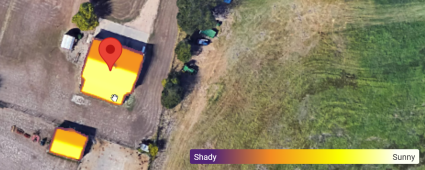Solar-Myk3
New Member
I am currently planning my whole home system, but since I have yet to do anything with solar I figure it might be beneficial to maybe build a small system on my shop to cover the small amount of usage there is now.. The system I am planning for my home is sol-ark 15k+ egr4 batteries. The system for the shop doesn't need anything near that size.. Any recommendations for small system with the possibility of adding batteries at a later date, I don't have a ton hooked up to the shop currently, I only wired my lights and a 50A plug for my camper (the camper is only 30A, but planned for future just in case). I just want to get my feet wet before going all in 35K+ on the whole home system..
In case anyone was wondering.. I do have two meters on my property, one for the house and one for the shop but the utility does not offer aggregate metering.. This is the current usage for the shop, as you can see the higher the usage is in the summer when the AC on the camper is running. I do not want to backup the camper AC with the solar, just net zero the bill. thoughts? My highest bill was only $103 last September... Is it even worth it to build a small enphase, solaredge, or other micro inverter system? Is a small string inverter system better?

In case anyone was wondering.. I do have two meters on my property, one for the house and one for the shop but the utility does not offer aggregate metering.. This is the current usage for the shop, as you can see the higher the usage is in the summer when the AC on the camper is running. I do not want to backup the camper AC with the solar, just net zero the bill. thoughts? My highest bill was only $103 last September... Is it even worth it to build a small enphase, solaredge, or other micro inverter system? Is a small string inverter system better?







